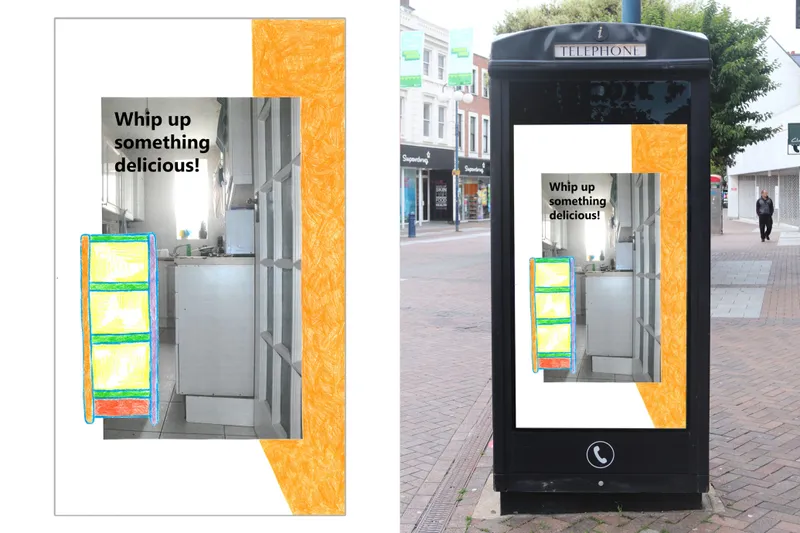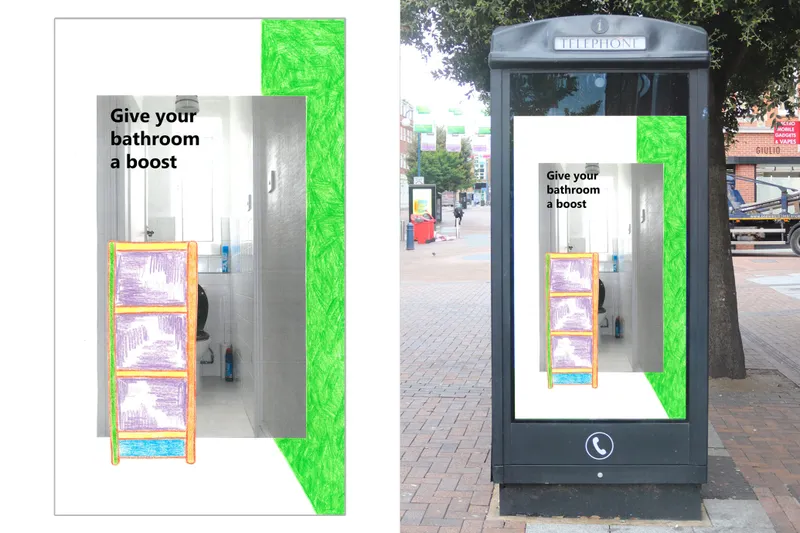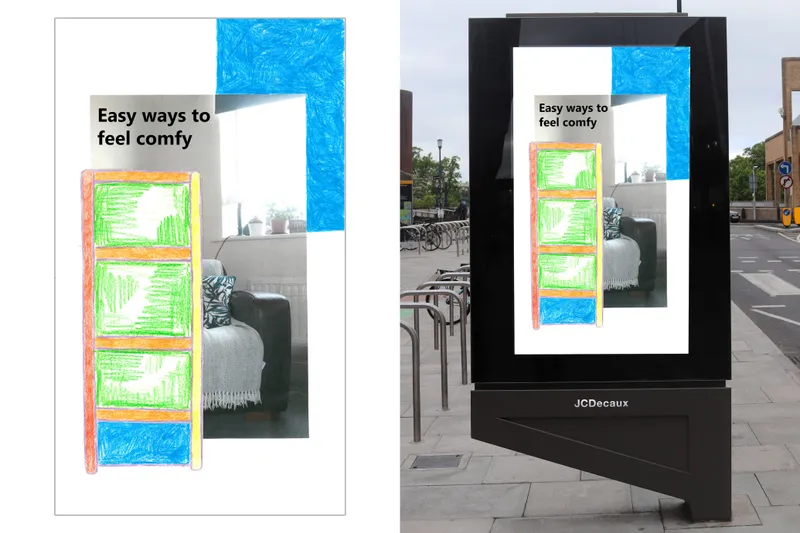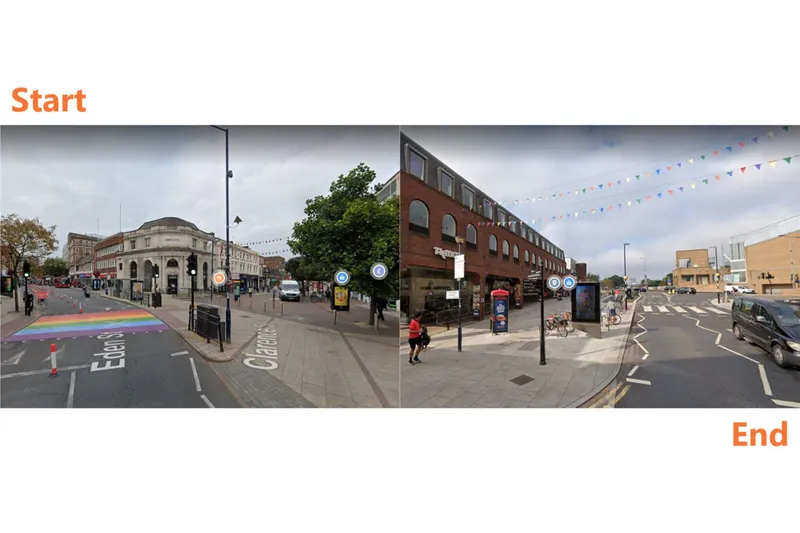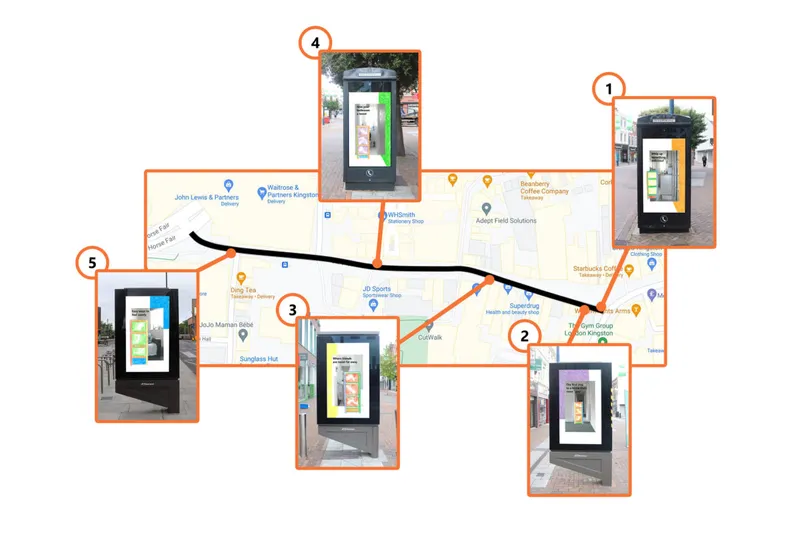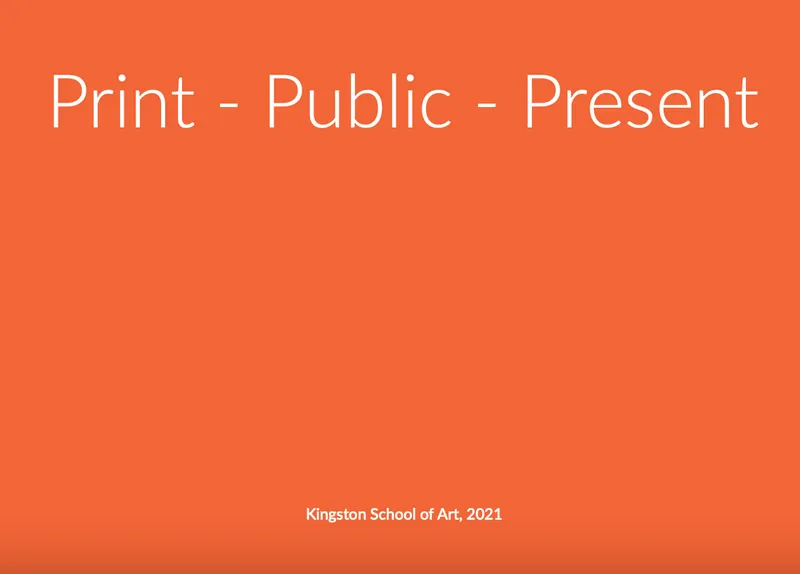‘Monuments to Billy’ is part of a wider exploration into the museum, focusing on the cabinet and its links to the cabinet of curiosity – a central part in the origins of the museum. In this case the cabinet is represented by IKEA’s very own Billy bookcase. The cabinet of curiosity holds key implications regarding exclusivity and accessibility, it was often only accessible to those with the means and education.
IKEA’s Billy bookcase also acts as a way to explore modern day commodity culture, whilst also linking to mass production and consumption. Somewhere in the world the Billy bookcase is sold every five seconds.
Commodity culture and commercialisation is an inescapable part of the museum and colonialism. Many museums acquired their collections during Empire – a power and resource driven exploit. Through the use of advertising tropes and photography, the billboards are able to play with concepts of commodity and authority. Photography was used heavily during empire to construct “trustworthy” and “scientific” depictions.
Billy acts as the main subject and the language used in these spoof advertisements are lifted directly from the 2021 IKEA catalogue. The widespread appeal of IKEA, and significantly the Billy bookcase, holds important ideas around shedding the exclusivity of the “cabinet” whilst also feeding into mass consumerism.
The billboards run the length of Clarence Street – a road that sits in the heart of Kingston town centre. Starting at the major hub of buses in Eden Street and ending at the River Thames. The long continuous stretch of the street mirrors the long length of the flat photographed on the billboards – photos that were taken of my own flat in Kingston. Each room is encountered in the same order you would if you were to walk through the front door. Here ‘Monuments to Billy’ is able to explore the relationship between public and private spaces, returning again to ideas of access.
‘Monuments to Billy’ surrounds IKEA’s globally successful Billy bookcase – with one sold every five seconds. Using advertising tropes and photography the piece plays with commodity and authority, using the Billy bookcase to signify the cabinet of curiosity and its links to the origin of the museum.
